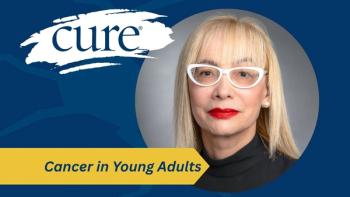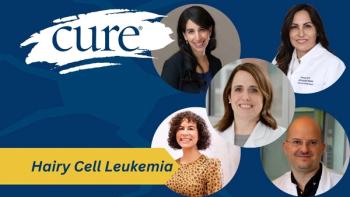
Gains in lung cancer
As attention moves to lung cancer this month, I wanted to share the infographic below. It highlights current research into lung cancer and shows, among other points, that lung cancer is no longer one disease. A few years ago, I was attending the annual meeting of ASCO (the professional oncology organization), which showcases studies that will change clinical practice and future research. Scientists were discussing the gains a new treatment had made in that it targets about 10 percent of non-small cell lung cancers. While some people questioned the importance of a treatment that only works in a small group of patients, the researchers were quick to note that 10 percent of patients diagnosed with lung cancer in a year is still more people affected than all those diagnosed with Hodgkin lymphoma in a year (actually, it's more than double). It's the number one cancer killer and a stigma of blame has hindered awareness and research funding. Add to that the absolute complexity of the disease, and it makes for a tough cancer to crack. Fortunately, research is beginning to make small gains in this hard-to-treat cancer. Advocacy organizations are increasing awareness and funding. Lung cancer survivors are raising their voices to help remove the stigma of the disease.We have a long way to go, but I'm confident we're on the right track.




